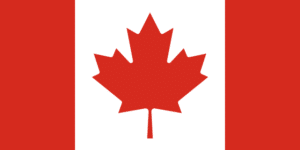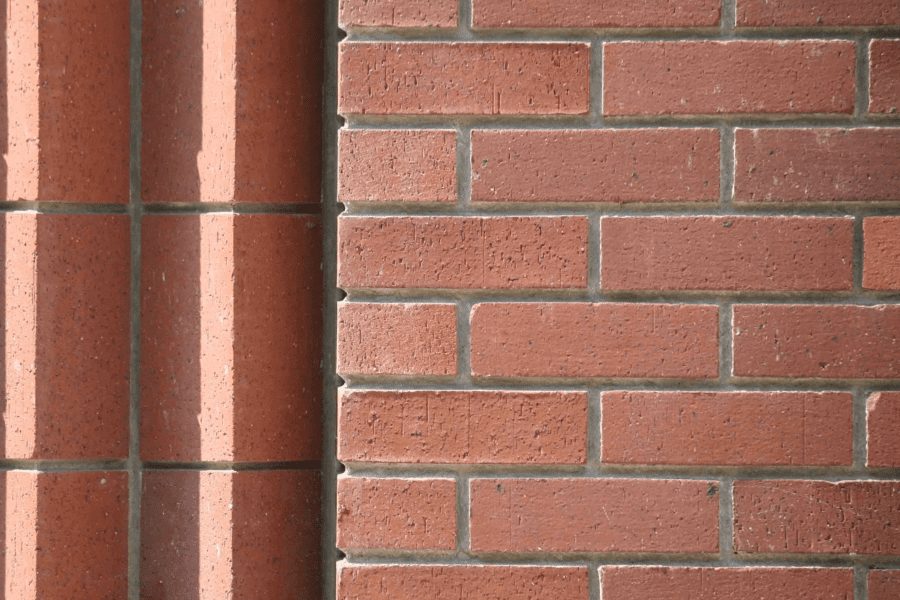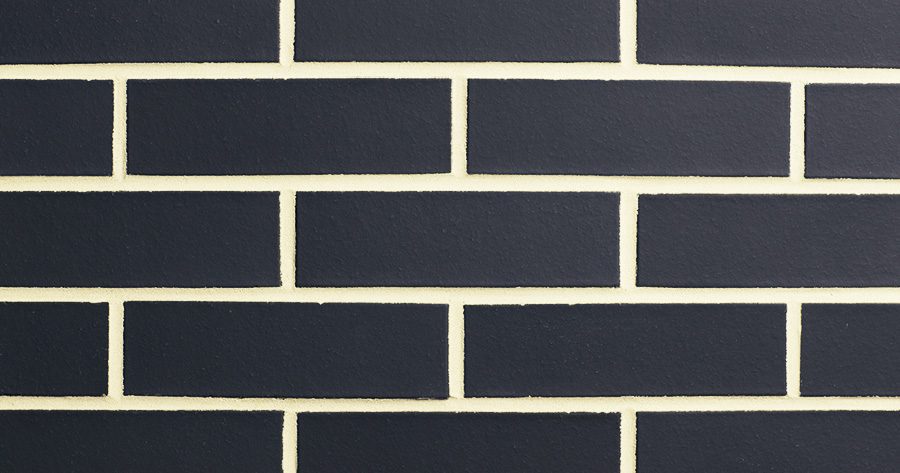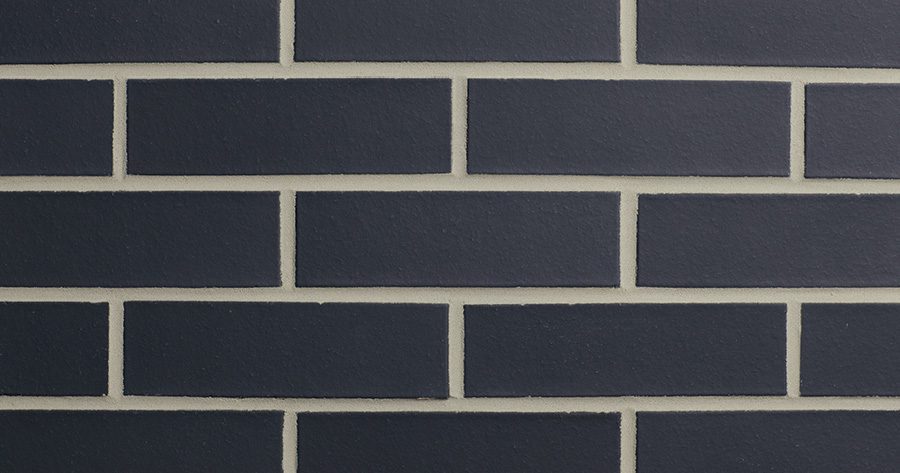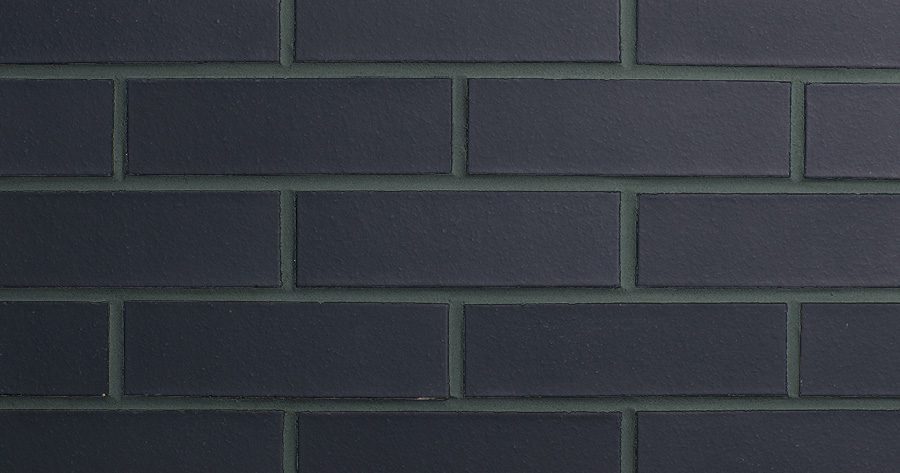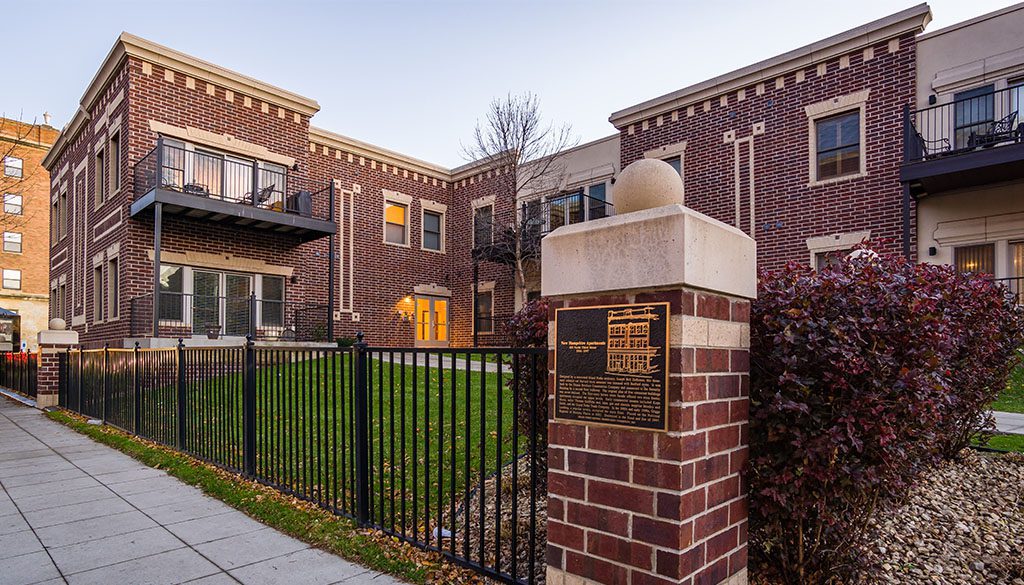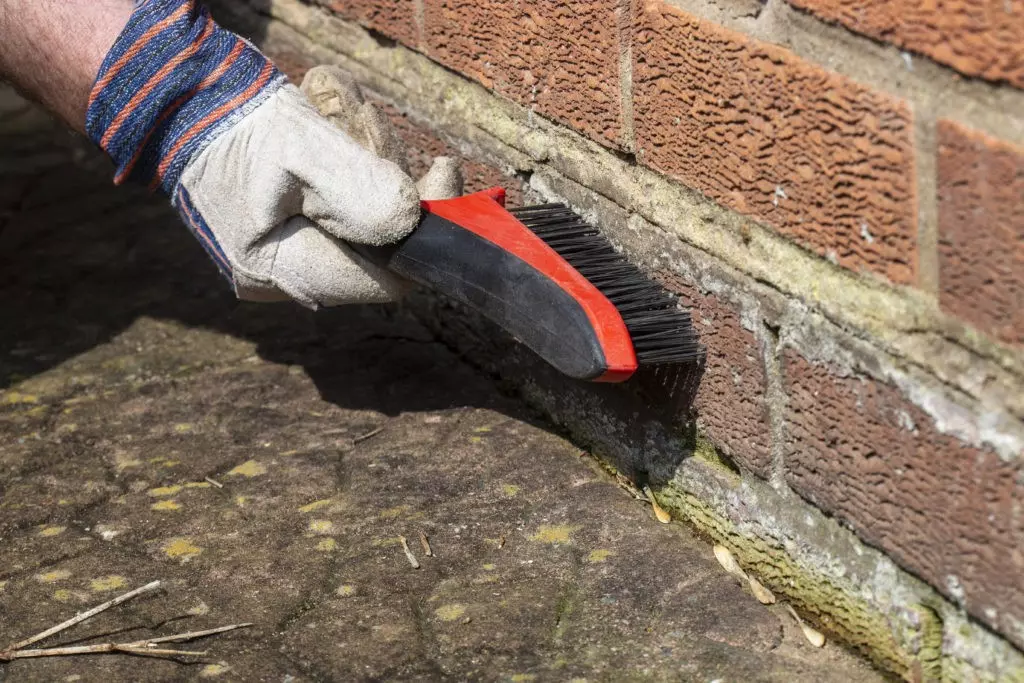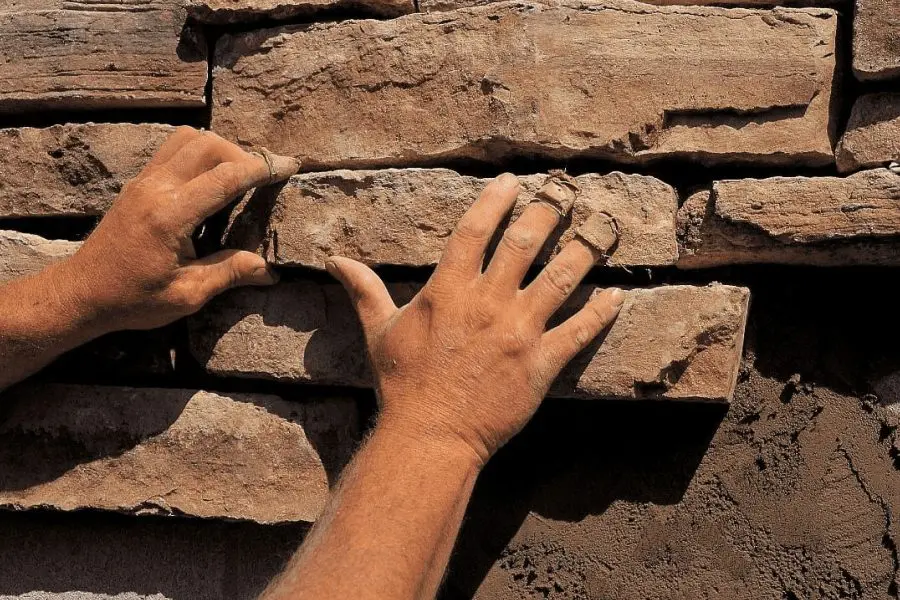Mountain Rose | Interstate Brick
Mortar joints are the second most visible element of a brick wall. Learn how to use the colour, type, and finish of mortar joints to elevate your final design.
Brick is not the only visible element of a brick wall. The mortar joints between individual brick units make up roughly 20% of the final look. As such, designers, masonry installers, and architects should carefully consider the colour, type, and profile of mortar joints when choosing brick to install in a space.
Before you select mortar joints for your brick wall, learn how to think of mortar as an integral visual component of your design.
Mortar as a Design Element
With the right choice and combination of colours and textures, mortar becomes not just a functional component of brick, but also a beautiful element in your overall design.
Here are some ideas for clever ways you can use mortar as a design element.
Choose an Unconventional Colour
Grey is the most common mortar colour, but it doesn’t have to be the one you choose for your brick. You can use any colour in the rainbow to bring your space to life.
Match or Contrast with the Brick
Mortar can change the visual effect of brick by either matching or contrasting with it. Matching the mortar colour to the brick creates a uniform look and invites the eye to track across the wall uninterrupted. Meanwhile, a contrasting mortar colour draws more attention to the wall and causes the colour of the brick to stand out more boldly.
Bring Out a Specific Brick Colour
If there is a specific colour in your brick that you want to bring out, do so by selecting mortar of a similar shade. This design trick draws the desired brick colour to the foreground, so that it’s more visible.
Highlight Unique Brick Patterns
Similar to the way you can use mortar to bring out a specific brick colour, you can use mortar to highlight unique patterns in the brick. Use different mortar colours or mortar joints in brick patterns like quoins to draw attention to these design features.
What Are Mortar Joints?
Mortar is used to fill in the gaps between individual brick, as well as to hold them together and create a solid barrier against water and air. These filled-in gaps are called mortar joints.
There are two main types of mortar joints: bed joints and head joints.
Bed Joints
These are the joints that run horizontally between two brick units. In most applications, you’ll see them running across the brick wall in straight lines.
Head Joints
These are the vertical joints between two brick units. They typically appear staggered to match the way that brick are staggered on top of one another.
If you plan on applying mortar joints to your brick wall, you will most likely use both bed and head joints. Knowing the difference between the two types gives you the option to mix up certain elements, like the colour, thickness, or profile.
Different Mortar Joint Profiles
There is an art to installing mortar joints, along with several different techniques to follow. Each technique results in a different joint profile, which is how the face of the mortar joint looks when it’s viewed from the front or the side.
Below is a description of the most common mortar joint profiles and how they can complement your design.
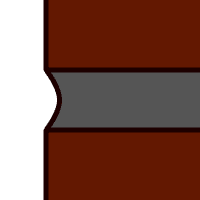
Concave
Concave is a standard choice for a mortar joint profile. It’s especially useful for exterior brick since its bowed shape repels water.

V-Shaped
V-shaped mortar joints also direct moisture down and away from the brick. They are angular instead of rounded like concave joints and are often chosen for their more modern aesthetic.
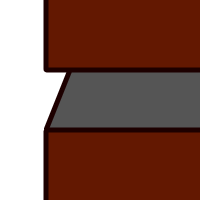
Weathered
A weathered mortar joint is sloped downward. This feature adds visual interest while still guiding water down the brick wall’s facade.

Struck
Struck mortar joints are the opposite of weathered joints. They slope upward rather than downward.
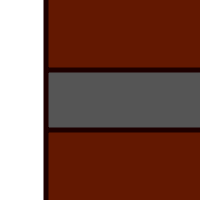
Flush
Flush joints are joints that appear flush with the surface of the brick wall. The effect is contemporary and sleek, but it can cause issues with the bond between the mortar and the brick.
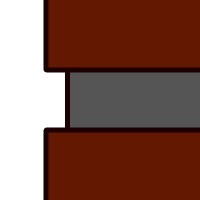
Raked
A raked joint is mortar that has been raked back from the brick facade. This design choice allows the brick to stand out in sharp relief. It does, however, impede the mortar’s ability to repel water.
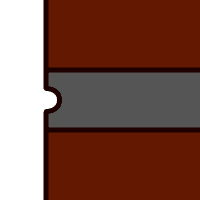
Grapevine
Grapevine mortar joints are distinctive for the shallow line that is cut into them using a special tool called a grapevine jointer. Its unique design results in a strong visual impact that was popular during the United States’ colonial era.

Beaded
Beaded mortar joints are an old-fashioned, formal design. By raising a rounded, bead-shaped section of mortar away from the mortar surface, it produces intriguing shadows. It is not recommeded for exterior use due to their exposed ledges.

Extruded
Extruded mortar joints are joints where excess mortar is allowed to harden outside the face of the brick wall. This creates the impression that the mortar has been squeezed out of the brick. The overall look of it has a rustic, rough-and-ready appeal.
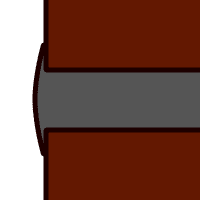
Oversmear (German Smear)
Oversmear is a technique in which mortar is laid in the joints, and then the excess is smeared over the joints and all the brick units. This mortar joint style is as old as time itself, which is why it is used most often to complement rustic or traditional designs.
Finishing the Mortar
With a good grasp of how to use mortar as a design element and the different mortar joint types and profiles, you can move on to the finishing process.
Once your preferred mortar joint has been applied using the appropriate jointer, the mortar should be left to harden. After it’s hardened, the brick should be cleaned to remove excess grout and dust.
See How Mortar Joints Bring Brick to Life
When viewed as a design element, mortar joints have almost as big of an impact on your design as the brick itself. You can see how other designers have used mortar joint colours and profiles to great effect on our Inspiration Galleries.
Contact I-XL directly to ask about our beautiful, high-quality brick products.
